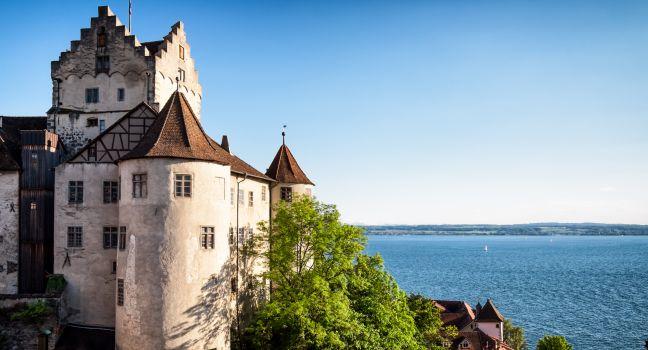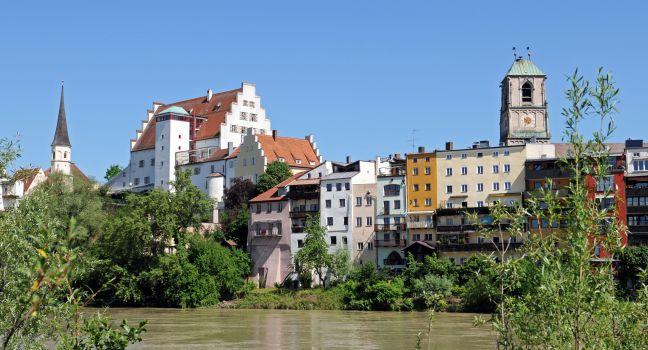Schloss Salem
This huge castle in the tiny inland village of Salem, 10 km (6 miles) north of Überlingen, began its existence as a convent and large church. After many architectural permutations, it was transformed into a palace for the Baden princes, though traces of its religious past can still be seen. You can view the royally furnished rooms of the abbots and princes, a library, stables, and the church. The castle also houses an interesting array of museums, workshops, and activities, including a museum of firefighting, a potter, a musical instrument builder, a goldsmith shop, a glassblowing shop, pony farms, a golf driving range, and a fantasy garden for children. There is a great path that leads from the southwestern part of the grounds through woods and meadows to the pilgrimage church of Birnau. The route was created by the monks centuries ago and is still called the Prälatenweg (path of the prelates) today. It's an 8-km (5-mile) walk (no cars permitted).





